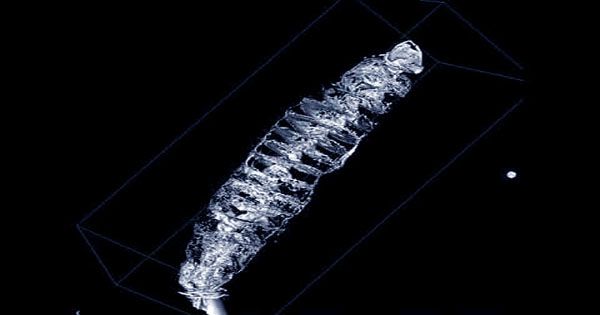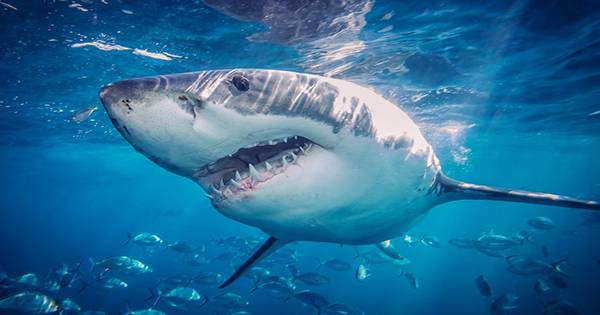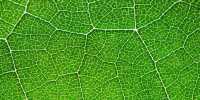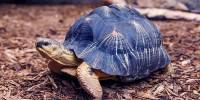Just two months after Nikola Tesla’s century-old discovery was proven, anyone realized that it arrived hundreds of millions of years later than anyone else. The intestines of sharks were often tested to see if they had anything to do with one-way sea voyages or more alien deaths, but it is much more convenient after sharks die, leaving zoologists with very little chance of seeing how the intestines operate while the sharks are alive.
“The intestines are so complex with so many overlapping layers that isolation destroys the context and connectivity of the tissue,” said Adam Summers, a professor at the University of Washington, in a statement. Newspaper the story will not hang together by copying rolled up with scissors. Dr. Samantha Leigh of California State University, Dominguez Hills, tried to go beyond flat sketches of expired sharks and published the results of the proceedings of the Royal Society B. Leigh says.

“We’ve developed a new way to digitally scan these tissues and now we can look at soft tissues in such detail without breaking into them.” The procedure required a CT scan but a shark wheel can raise eyebrows as it enters the hospital, fortunately, Summers Lab has an animal that can reveal the interior of many animals. The spiral-shaped organs in the digestive system of lee and summer sharks conclude that sharks do not need to be given more time to feed on nutrients in order to slow down their food intake.
Like many top predators, some sharks take very large meals but can go a long time in the feed. A digestive system that makes good use of the intervening time is a major asset, it probably helps sharks fight not only at the top of the food chain, but also survives the larger extinctions that wipe out many forgotten competitors. Similar structures were found among representatives of the 22 families of sharks, rays, and skates, and were found to be distinct in the diet, indicating that the structure came from the very source of the silicemorph.















